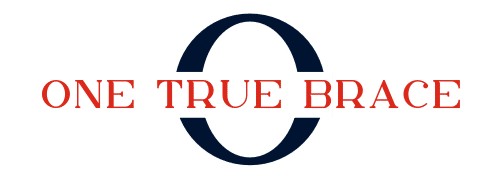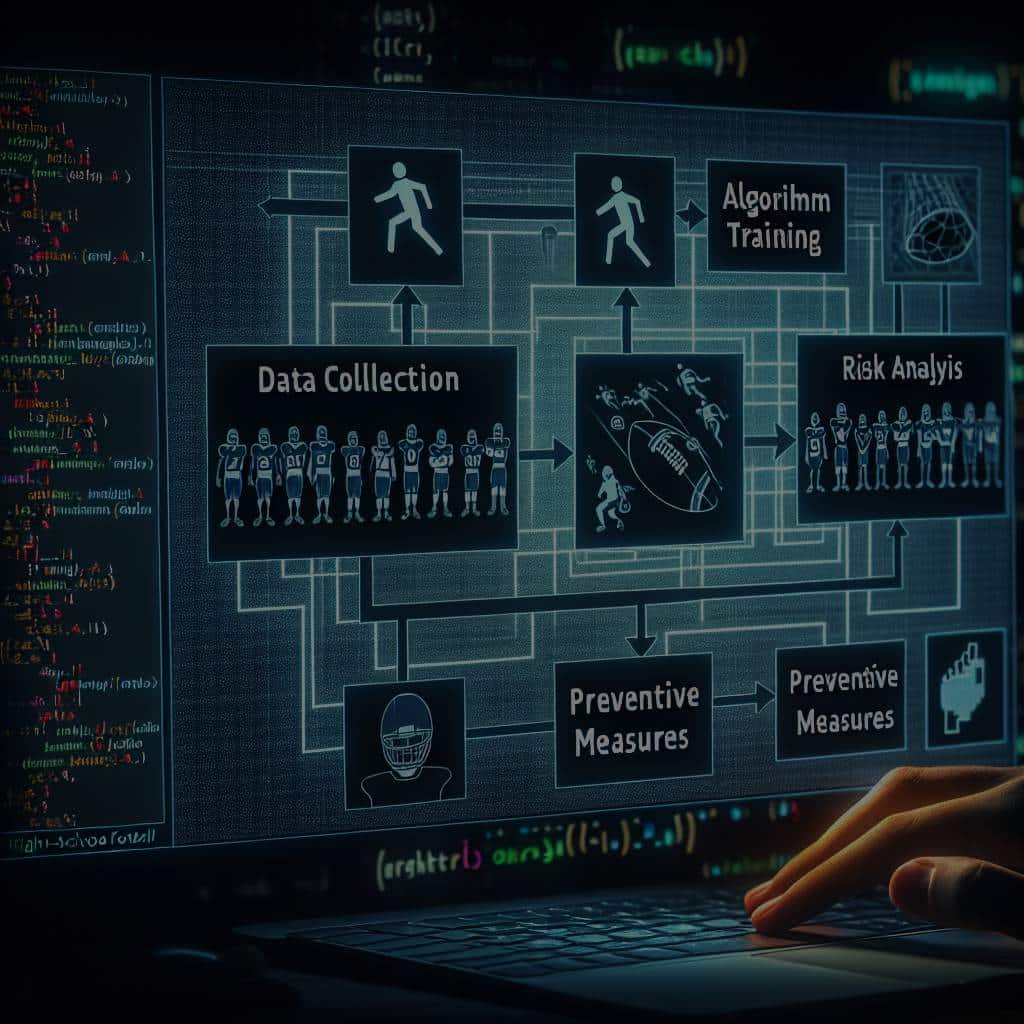To the untrained eye, football is a game of grit, adrenaline, and chance. But to a data scientist, football is a goldmine of data that can provide insights into the performance and risks associated with the sport. One of the most prominent risks in football is the threat of injuries. High-school football players are particularly vulnerable as they are young and their bodies are still developing. As scholars, coaches, and med professionals, you are constantly seeking ways to prevent injuries and ensure the safety of these young athletes.
In recent years, machine learning – a subset of artificial intelligence (AI) where computers learn from data without being explicitly programmed – has shown promise in predicting injury risks in high-school football players. This article will guide you on how to use machine learning to predict injury risk, leveraging Google’s machine learning algorithms, training data, and the power of prediction.
Also to see : What Strategies Can Help Professional Athletes Maintain Mental Health During Injury Recovery?
Understanding the Machine Learning Model
Before diving into the details of how to use machine learning for prediction, it’s important to understand what a machine learning model is.
A machine learning model is a file that has been trained to recognize certain types of patterns. You train a model over a set of data, providing it an algorithm that it can use to reason over and learn from those data. As you gather more data, the model becomes better at predicting outcomes within the specified domain.
Also to discover : What Are the Optimal Sleep Patterns for Peak Performance in Professional Basketball Players?
Machine learning models can be used for various purposes, from predicting stock prices to diagnosing diseases, and in our case, predicting injury risk in high-school football players. The key to an effective machine learning model is quality data. For our purpose, we would need detailed data on the sports activities, injury history, and physical condition of football players.
Gathering and Training Data
The most critical element in any machine learning project is your data. Before you can train your model, you would need to gather as much data as possible about high school football players.
This data could be collected from various sources such as sports leagues, school records, and medical records. You can also use online databases such as PubMed and CrossRef for scholarly articles and studies related to football injuries. Data points could include age, height, weight, position played, training schedule, previous injuries, and more.
Once you have the data, you would need to clean and process it for training. This involves removing outliers and irrelevant data points, normalizing data (ensuring all data is in a similar format), and splitting your data into a training set and a test set. This process is essential to ensure that your model can accurately predict injury risk from the given data.
Leveraging Google’s Machine Learning Algorithms
With your data ready, it’s time to leverage Google’s machine learning algorithms. Google provides a range of machine learning algorithms such as linear regression, decision trees, and neural networks which can be used depending upon the complexity and amount of data you have.
For instance, you can use Google’s TensorFlow, an open-source machine learning framework, to build your injury prediction model. TensorFlow provides a wide range of pre-built models and training programs which you can use for your project.
This is where your data comes into play. You input your data into the model and it learns from the data, identifying patterns and relationships. The more data you provide, the better the model gets at making predictions.
Studying and Interpreting Results
Once your model has been trained, you need to test it on your test data set. This will give you an idea of how well your model is performing.
You will need to pay attention to the accuracy of your model. This is a measure of how often your model is correct. You’ll also want to look at the precision (how many of the items identified were actually relevant) and recall (how many of the total relevant items were identified).
But remember, while high accuracy, precision, and recall are desirable, they are not the only indicators of a good model. You also need to consider the real-world application of your model.
Applying the Prediction Model
The final step is applying your machine learning model. This involves using the model to predict future outcomes based on new data.
In the case of predicting injury risk in high-school football players, the model could be used to analyze a player’s data and predict their risk of injury. This knowledge can be used to take preventive measures and reduce the risk of injuries.
For instance, if a player is predicted to have a high risk of knee injury, their training regimen could be adjusted to strengthen the muscles around the knee and reduce the risk. Similarly, if a player is predicted to have a high risk of concussion due to repeated head impacts, they could be provided with better protective gear or trained on safer playing techniques.
By leveraging machine learning, you can make football a safer sport for high-school athletes. This is a powerful tool in sports medicine and can lead to a significant reduction in injuries.
Evaluating the Effectiveness of the Model
To truly ensure the effectiveness of your machine learning model, it’s crucial to analyze and evaluate the results it produces in real-world scenarios. The training load of the football players, their injury history, and other relevant risk factors help the model to predict future injuries. However, the true test of its effectiveness lies in the application.
For instance, an injury prediction model may indicate a high risk of ankle sprains for a certain player based on their data. The coach then adjusts the player’s training regimen to minimize this risk. Over time, if the player does not suffer an ankle sprain, this could be an indication that the model is effective. The same goes for all other predicted injuries.
However, it’s equally important to ensure that the model is not overly cautious, predicting injuries that never occur. This balance can be achieved over time by continuously training the model with updated data and adjusting its parameters.
Part of this evaluation process also involves staying updated about the latest research in the field. Regularly checking Google Scholar and Scholar CrossRef for new studies on sports injury prediction using machine learning can provide valuable insights. Full texts of these studies can often provide a deep dive into the methodologies used, which can inform and improve your own model.
Conclusion: The Future of Injury Prediction in Sports
The power of machine learning in predicting sports injuries, particularly in high-school football, is immense. Not only does it help in identifying potential risk patterns, but it also aids in the development of personalized training programs aimed at mitigating these risks. Furthermore, it empowers coaches, sports med professionals, and players themselves to make informed decisions about training loads and playing strategies.
The applications of this technology are not just limited to high-school football. The same processes and techniques can be used across various sports and professional levels. From time-series analysis of player’s injury data to studying and predicting risk patterns, machine learning can revolutionize the field of sports medicine.
However, the importance of quality data cannot be overstated. The effectiveness of any machine learning model hinges on the quality, relevance, and comprehensiveness of the input data. Therefore, researchers, sports professionals, and data scientists need to collaborate and work towards improving data collection and processing methods.
Finally, the green version of CrossRef provides an open-access platform for sharing research findings which can significantly contribute to advancements in this field. Collaboration and knowledge sharing are key to harnessing the full potential of machine learning in predicting sports injuries.
Injury prediction in sports, guided by machine learning, is a promising field that can make contact sports like football safer for high-school players. The future of sports lies in embracing such advanced technologies and making data-driven decisions to ensure the safety and wellbeing of players.











